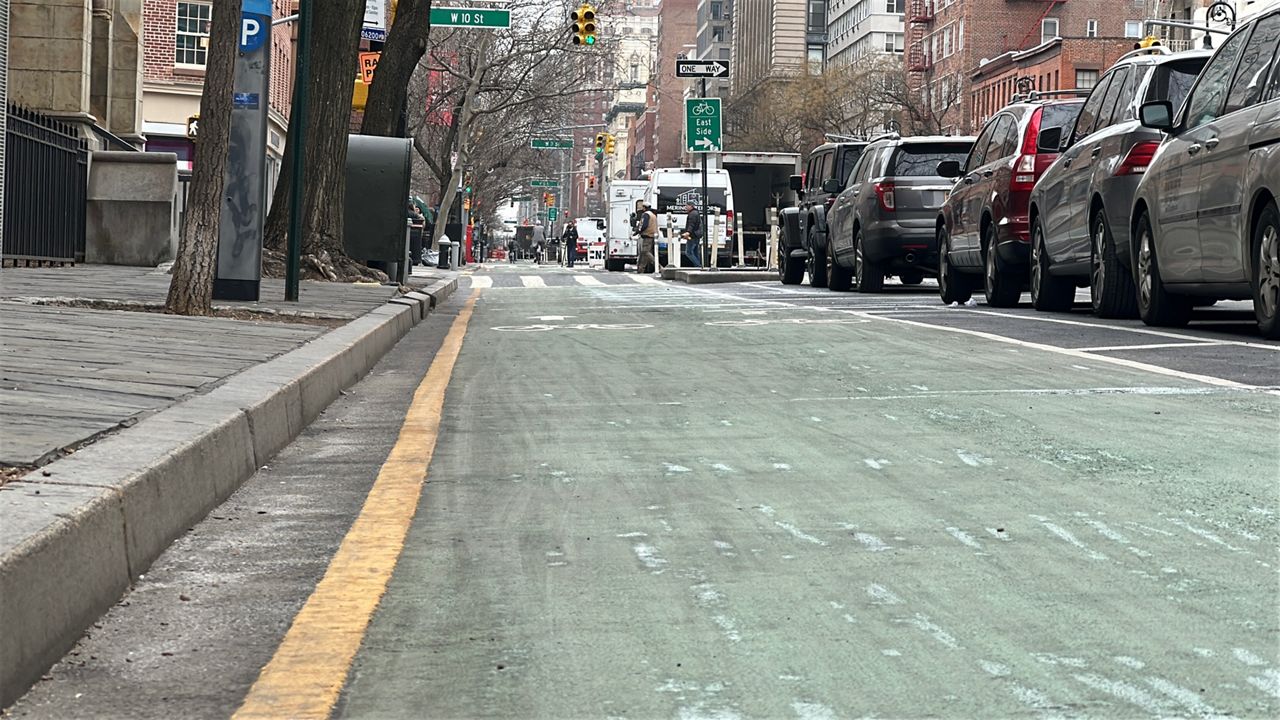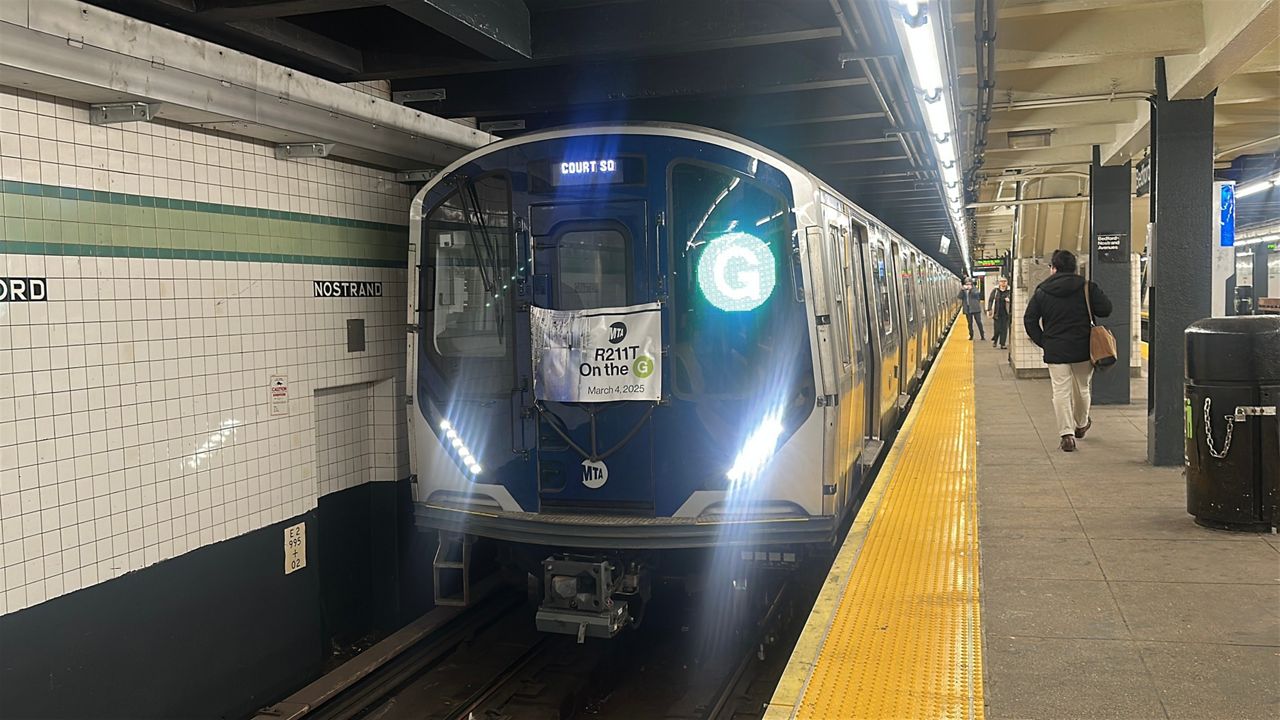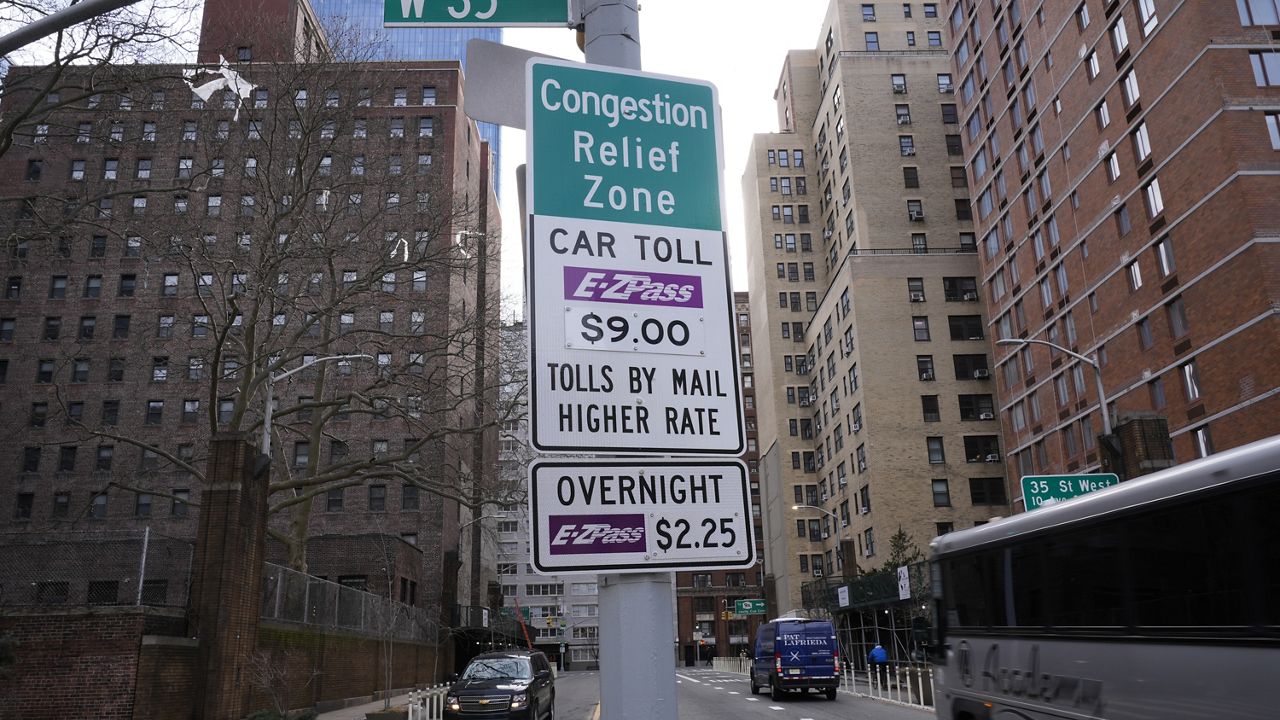Andy Byford, the MTA executive in charge of subways and buses, is ecstatic the agency is proposing a $51.5 billion plan to modernize a subway system plagued by century-old signal technology and a lack of elevators for the disabled.
"This plan exceeds my wildest expectations in that it addresses resignaling, check,” said Byford at a press conference Monday. “We talked about making the system the subway fully accessible, check. We talked about reimagining and transforming bus service, check."
Six subway lines, including the Lexington Avenue line, would be resignaled so they could run more trains.
More than 1,900 new subway cars would be purchased and 2,000 buses replaced, a quarter of them with electric models.More than 1,900 new subway cars would be purchased and 2,000 buses replaced, a quarter of them with electric models.
Seventy more stations would get elevators. And the new Second Avenue subway would be extended from 96th Street to 125th Street, linking it to the Metro-North Railroad stop there.
"We believe this, frankly, is a plan that sells and advocates for itself," said Pat Foye, the Chairman of the MTA.
But the MTA still doesn’t have money to pay for it all.
The agency has a head start: $25 billion is expected from new taxes, including charging drivers south of 61st Street in Manhattan a congestion pricing fee.
Governor Cuomo has pledged another three billion, and wants the city to put up an identical amount.
And the MTA is banking on more than $10 billion from the feds, nearly a third of it for the Second Avenue subway.
The plan also would spend billions on commuter rail projects, including running Metro-North trains to Penn Station, adding four Metro-North Stations in the Bronx and completing the Long Island Rail Road link to Grand Central.
"It’s a lot of money to spend in a short time and the MTA hasn’t really shown they can do that,” said Ben Kabak, an editor for Second Avenue Sagas. “But it’s ambitious … and now the tough part is the political ask.”
The MTA pays the highest construction costs of any transit agency in the world and it has repeatedly blown budgets and deadlines on large projects.
In announcing the plan, the MTA did not announce any union reforms that could bring down costs. Its chief construction officer says the agency is working on ways to reduce overruns, for example, by improving planning to avoid changing designs in the middle of a project.









